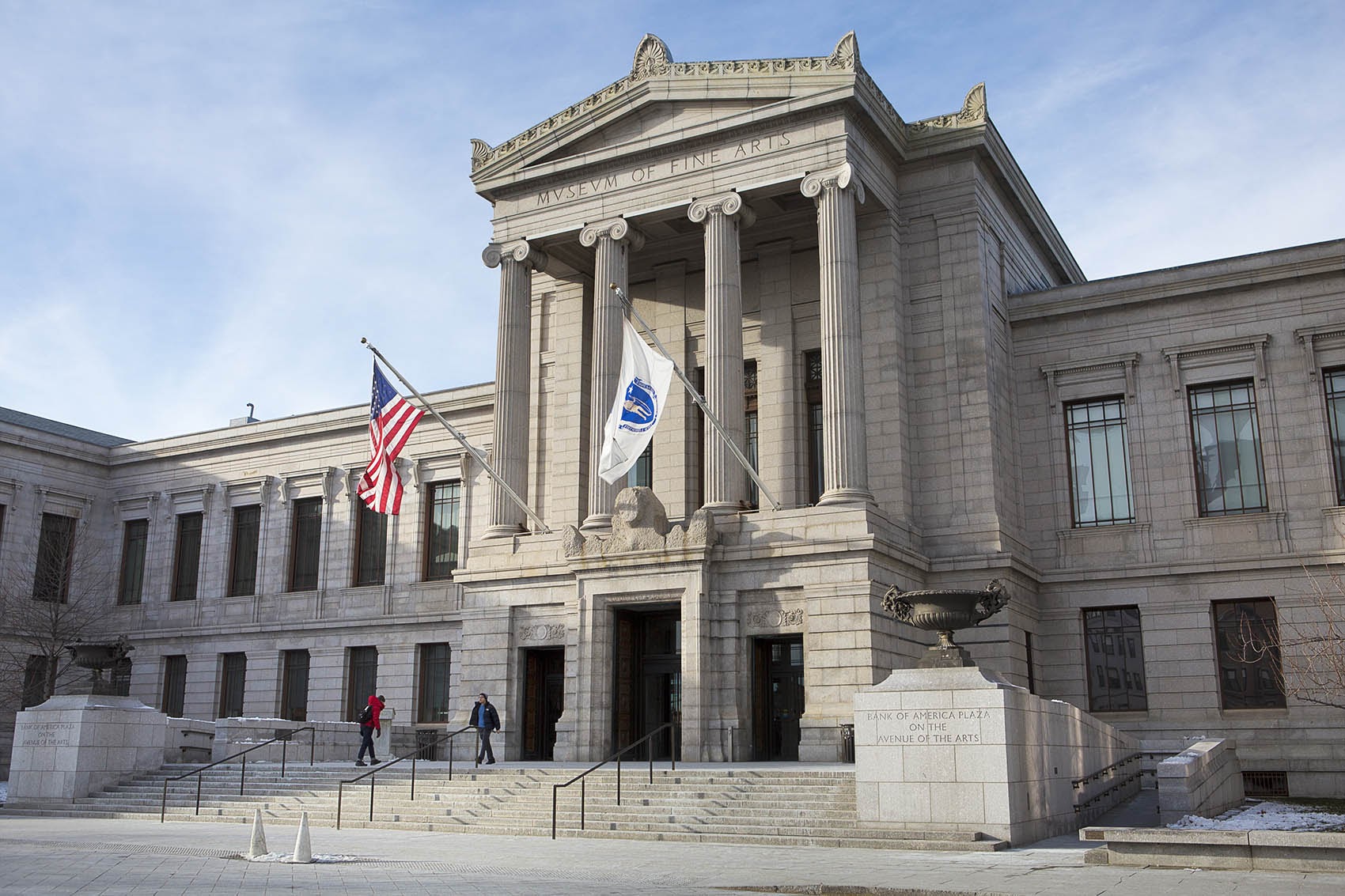Rising to the Challenge of Economic Hardship
As I was scrolling through some news articles about museums on my phone, I came across an interesting article about how the Musée Rodin in Paris is using revenue from the sale of bronze casts of Auguste Rodin’s sculptures in order to decrease their budget …




